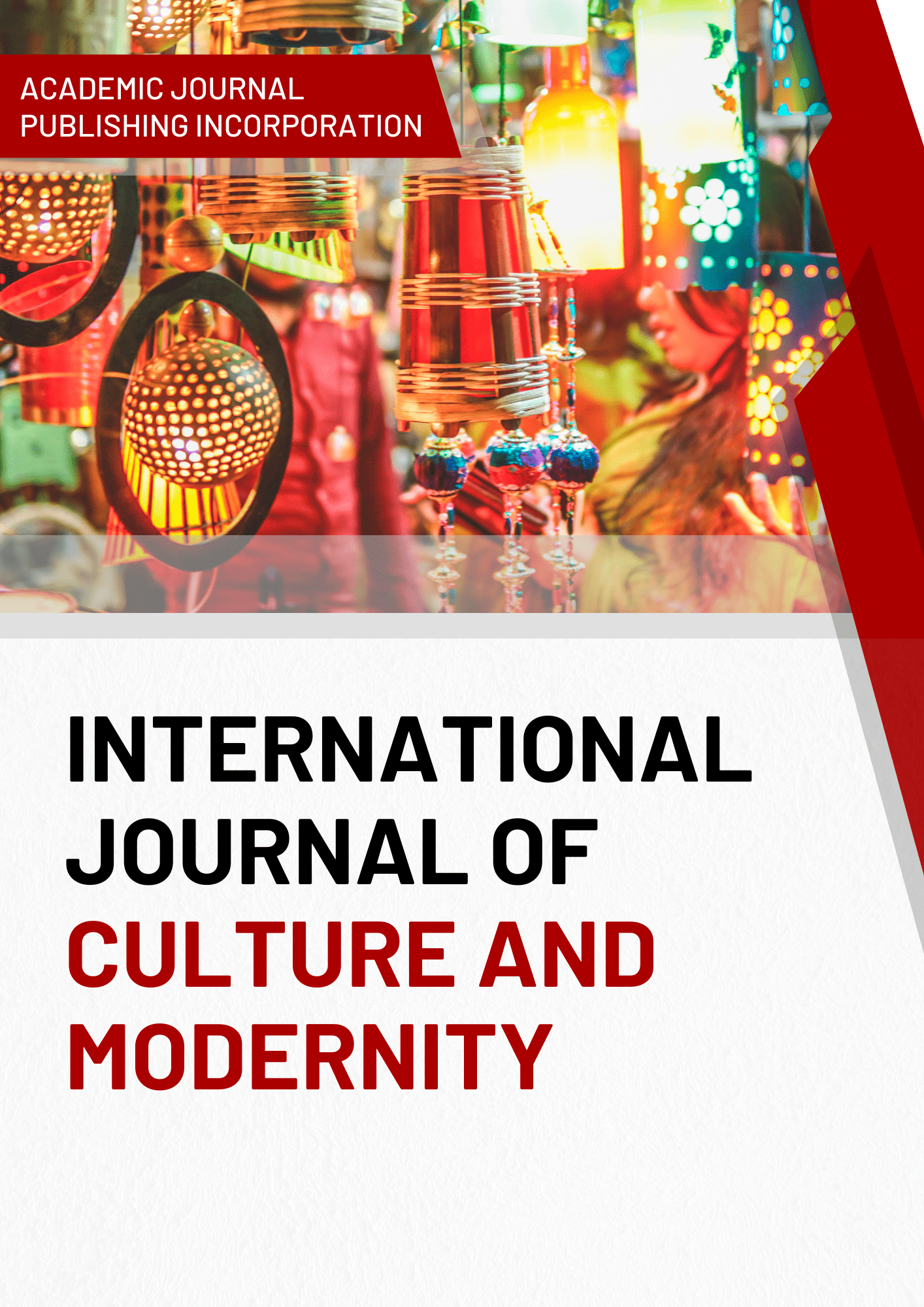Concept-Based Instruction as an Innovation to Improve Grade 5 Learner’s Metaphoric Competence
DOI:
https://doi.org/10.51699/ijcm.v10i.94Keywords:
concept-based instruction, metaphoric competenceAbstract
This study uses Concept-Based Instruction in teaching metaphors to the ESL learners. Concept-based curriculum and instruction is a critical link in making learning more relevant and interesting for students. This study aims to shed light to the teaching and learning of metaphors using Concept-Based Instruction in the context of English as a Second Language learners. It aims to explore how the concept‐based approach influences their development of metaphorical competence. The major concern of this study is to determine the effectiveness of Concept-based instruction approach in improving Grade 5 ESL learners' metaphorical competence in assessing the improvement of the subjects. The study assessed the Concept-Based Instruction as an Innovation to improve Grade 5 learner’s metaphoric competence in the selected private school students in the Schools Division of San Jose del Monte, Bulacan. The Respondents of the study were purposively selected which compromised of Twenty-eight (28) from the private school students in the Schools Division of San Jose del Monte, Bulacan. The goal of CBI is to stimulate development through the effective presentation of high-quality conceptual knowledge linked to practical activity, in which students not only internalize the conceptual knowledge but also learn how to apply it to their own goals in any of the school subjects taught, including language. The study revealed there is a significant difference in the pretest and posttest score of the students in the utilization of the Innovation in improving the learners’ metaphoric competence.
References
Aleshtar, M. T., & Dowlatabadi, H. (2014). Metaphoric competence and language proficiency in the same boat. Procedia—Social and Behavioral Sciences, 98, 1895–1904
Benhamlaoui, M. (2021). Concept-Based Instruction for Enhancing Understanding and Use of English Tense and Aspect Markers by Algerian Learners of L2 English (Doctoral dissertation, University of Essex).
Chen, Y.‐C., & Lai, H.‐L. (2015). Developing EFL learners' metaphoric competence through cognitive‐oriented methods. International Review of Applied Linguistics in Language Teaching, 53(4), 415–438.
Erickson, H. L. & Lanning, L.A. (2014). Transitioning to concept-based curriculum and instruction: How to bring content and process together. Thousand Oaks, CA: Corwin Press, INC.
Erickson, H. L., Lanning, L.A., & French, R. (2017). Concept-based curriculum and instruction for the thinking classroom. Thousand Oaks, CA: Corwin Press.
García, P. (2017). Implementing concept-based instruction in the heritage language classroom: A pedagogical proposal.
Hoang, H., &Boers, F. (2018). Gauging the association of EFL learners writing proficiency and their use of metaphorical language. System, 74, 1-8.
Hoang, H. (2014). Metaphor and Second Language Learning: The State of the Field. TESL-EJ, 18(2), n2.
Kathpalia, S. S., & Carmel, H. L. H. (2011). Metaphorical competence in ESL student writing. Relc Journal, 42(3), 273-290.
Lantolf, J. & Bobrova, L. (2014). Metaphor instruction in the L2 Spanish classroom: theoretical argument and pedagogical program. Journal of Spanish Language Teaching. 1. 46-61. 10.1080/23247797.2014.898515
Littlemore, Jeannette &Krennmayr, Tina & Turner, James &Turner, Sarah. (2013). An Investigation into Metaphor Use at Different Levels of Second Language Writing. Applied Linguistics. 35. 117-144. 10.1093/applin/amt004
Liu, S., & Hsieh, C. Y. C. (2020). Developing metaphorical awareness and competence in Chinese as a foreign language through concept‐based instruction. Foreign Language Annals, 53(3), 478-504.
Negueruela-Azarola, E. D. U. A. R. D. O., García, P. N., & Buescher, K. (2015). From interaction to intra‐action: The internalization of talk, gesture, and concepts in the second language classroom. The handbook of classroom discourse and interaction, 115, 233.
OALD. (2019). Oxford Advanced Learners Dictionary. Oxford: Oxford University Press
Samosa, R C. (2020). Understanding the End- to – End Praxis of Quantitative Research: From Scratch to Paper Presentation Book of Life Publication.
Samosa, R. C. (2021). Exploring the Essence & Meaning from the Sound of Experiences: Qualitative Research. Poetry Planet Book Publishing House.
Samosa, R.C. (2021). From Test Validity to Construct Validity & Back: Theory and Application in the Experimental Design in Science Action Research. Philippine Association of Physics and Science Instructors, De La Salle University, Manila.
Veale, T., Shutova, E., & Klebanov, B. B. (2016). Metaphor: A computational perspective. Synthesis Lectures on Human Language Technologies, 9(1), 1-160.
Downloads
Published
How to Cite
Issue
Section
License
Copyright (c) 2021 Prof. Resty C. Samosa, Clarry Jane Admana, Vincent Almia, Verlan Jane Garcia, Marvin Roi Lorilla

This work is licensed under a Creative Commons Attribution 4.0 International License.






